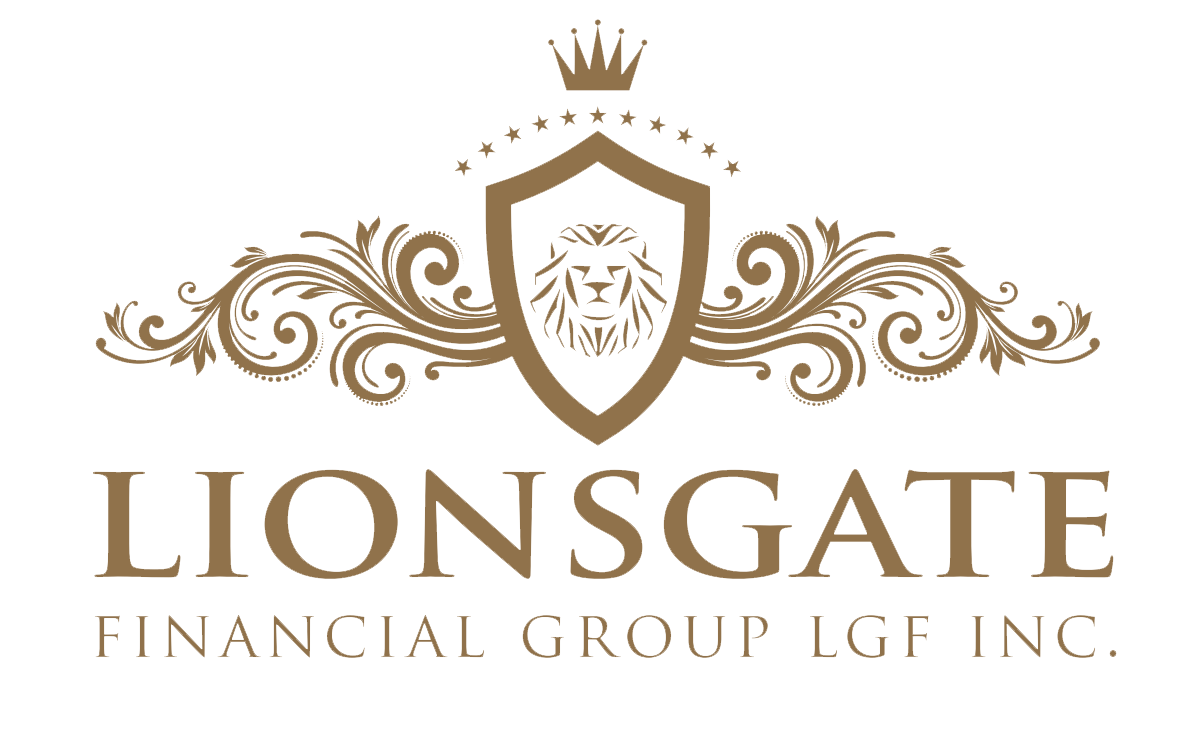During the early days of the mortgage business, brokers would require a lot of paperwork…

How Cash Flow Can be Improved?
Now you can listen to our blog post, “How Cash Flow Can be Improved?” while on the go.
Small businesses may find it difficult to improve cash flow, but resolving five typical problems will relieve your tension and provide you more financial breathing room.
Many small business owners often have to deal with stress related to cash flow issues as part of their daily tasks. You can’t make payroll, pay your bills, or file your taxes if you don’t have enough cash on hand.
In the long run, managing cash flow will help your company stand on much firmer ground. Continue reading for eight undiscovered suggestions on how to increase cash flow and provide your company some much-needed financial breathing room.
8 strategies for enhancing cash flow
- Bargain for prompt payment terms
- Customers should receive rewards and penalties.
- Check the conditions of your accounts payable.
- Reduce wasteful spending
- Instead of purchasing, think about leasing
- Learn about your cash flow patterns.
- Keep a cash flow prediction.
- Think about factoring in invoices
1. Negotiate arrangements for prompt payment.
It may seem as though your work is done once you close a significant deal. But hold off on your celebration just yet. Additionally, you must guarantee prompt payment from your customers. Even if your business is highly profitable on paper, you may find yourself in a negative cash flow shortage if your accounts receivables (cash inflows) start to increase as a result of your customers’ excessively slow payments.
Start by haggling conditions with your clients to meet the payment date as soon as you can to hasten payment. You might even request a partial deposit up front to start raising money right away. As soon as a client is a past due, get in touch with them to remind them. We’ve created a tutorial on how to motivate your clients to pay their invoices on time. Use accounting and invoicing management software to automate the process for you and accept electronic payments if you’re having problems keeping track.
2. Provide incentives and sanctions for consumers
Offering a discount, such as a two percent discount on the invoice’s value if payment is made within seven days, is one way to persuade customers to pay their bills on time. Other rewards for on-time payments could be a discount on subsequent purchases, gift cards, or products. Mention these rewards in the invoice so that the client is inspired to respond to the offer right away.
By charging late fees, you can also lessen the likelihood that invoices will go unpaid. Make sure to expressly state the late payment penalty in the initial customer contract and once again when you send out the first invoice, outlining the cost and the circumstances under which it applies.
3. Verify your terms for accounts payable.
Consider the opposite approach for your accounts payables as you expedite the processing of accounts receivable (cash outflows). Read the terms to see how long you can delay payment rather than writing a check as soon as a bill arrives. Simply waiting until these dates can avoid a cash crunch.
Also, don’t be averse to bargaining. Ask your suppliers if they would be willing to extend their payment periods for your firm. Finally, when you have more money available, check to see whether you’re eligible for a discount for paying in advance. By doing this, you can increase your profit margins when money is plentiful and buy yourself more time when it isn’t.
Your cash flow is maximized since you have up to 54 days before payment is due with an American Express® Business Card, giving you extra time to pay suppliers and settle open accounts1. Your businesses can continue to operate without paying interest or taking on debt, providing you with more breathing room on your balance sheet.
4. Reduce wasteful spending
Business expenses, such as unused office space, unsold goods that build up, and pricey employee phone contracts, to mention a few, can sneak up on you. Even if each purchase is minor on its own, when added together, they can significantly reduce your cash flow.
You may help stop cash leaks at their source by setting aside time for corporate expenditure control and eliminating wasteful spending. You can also consider your spending on a yearly basis and cut back on some expensive expenses during seasons when they are not necessary to keep the firm operating.
5. Instead of purchasing, think about leasing
By renting instead, business owners can frequently avoid the high upfront costs of new equipment and other capital expenditures. You can make smaller payments that don’t deplete your cash reserves by leasing equipment for a set monthly charge.
When comparing the advantages of leasing vs. buying, keep in mind the costs of repairs and maintenance of the equipment the company owns. Leasing can be a better choice if you’re paying a lot in technician fees because many commercial lease agreements include servicing.
6. Examine the trends in your cash flow
There probably is a pattern to these fluctuations in cash flow, so you don’t have to be surprised by them. You can anticipate cash flow swings and start preparing earlier if you conduct a cash flow analysis, which involves researching your company’s past to find trends.
7. Continue to keep a cash flow forecast.
A cash flow projection is a report that breaks down your company’s income and expenses by week, month, or even quarter for a specific time period. It enables you to quickly determine when there will be a surplus or deficit of funds in your account, assisting you in scheduling when to make payments for expenses.
Need Some Extra Cash to Help Your Finances? Try Lionsgate!
Are you struggling with your financial needs and need some extra cash? Lionsgate can help. Just fill out the form below, letting us know all your money or mortgage requirements, and we will find the best lender for you. Amazing thing? The process is free, and you can quit it at any time.
We have a team of experts that analyze your requirements and pick the best lender for you with prudent advice.
Note: Please give your authentic information while completing the form below.
Please share this article on your social media profiles if you found it helpful. Also, visit our blog to read similar helpful articles on finance, real estate, and getting mortgages.




